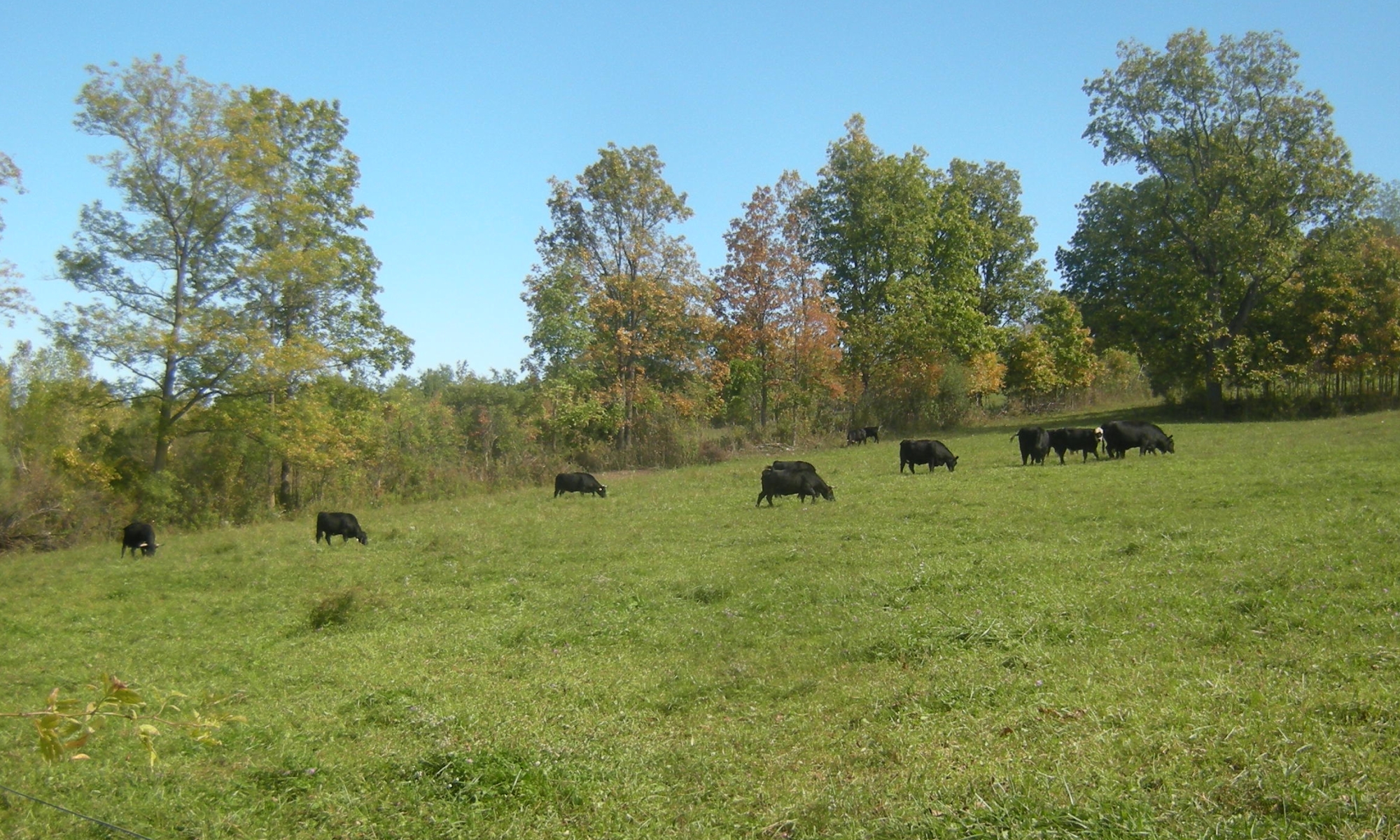Gaia is our Great Pyrenees livestock guardian dog. Her job on the farm is to protect our livestock, and in particular, our meat chickens. On a recent morning, the young crew went out to do their chicken chores, and Gaia was at the end of her chain jumping and excitedly barking. They let her go and she sped off to investigate a broken two-wheeled cart that is stored close by.

An older son was in the area and came to investigate. As Gaia ran around the cart, our son pushed down on the back so that she could snoop around under the front.
Something flashed out from under the cart…
Continue reading “What Gaia Saw”









 Pictured above is a young man emptying a hay wagon. But there’s more:
Pictured above is a young man emptying a hay wagon. But there’s more: